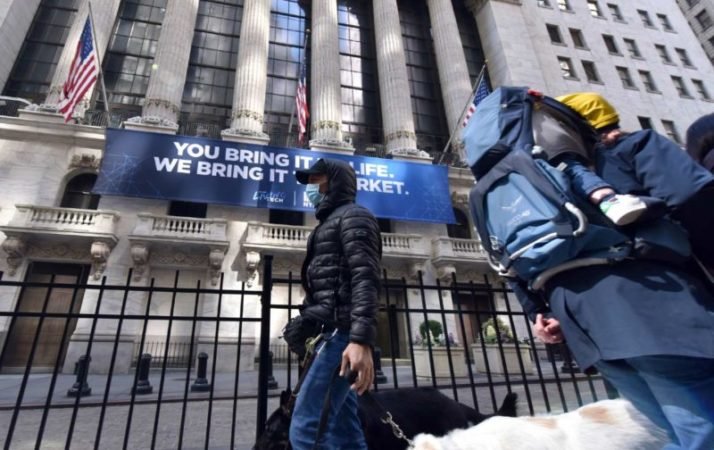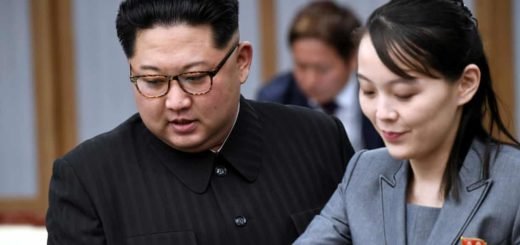How to safely ‘reopen’ the consumer-driven U.S. economy

President Donald Trump said this week he hopes to “reopen” the U.S. economy by Easter Sunday, which is April 12, despite a worsening coronavirus outbreak across the country.
State and city governments, however, have ultimate power under the U.S. Constitution for the welfare of citizens, and any “shelter-in-place” orders they issue take precedent to what Trump says from the White House.
Because consumer spending on everything from dining out to buying cars contributes about two-thirds of U.S. gross domestic product, the economy won’t truly “reopen” until consumers are confident they won’t catch the highly-infectious coronavirus when they venture from their homes or carry it to others, experts say.
Here are two views on the process for reopening the economy:
Richmond Federal Reserve Bank President Tom Barkin
“What we are doing is making a very real call to shutter larger parts of our economy. And the key thing is how long does it last and are we ready to return.
That depends on the availability of tests at scale – that feels like weeks not days – and it depends on us having a protocol so restaurants can tell patrons it is safe to eat and airlines can tell passengers it is safe to fly … I think it is important to get enough tests out so that people can feel secure … and without that, it will linger longer and longer.
A good analogy is 9/11. The question was ‘Is it safe to fly?’ We made significant investments in the TSA (Transportation Security Administration) system. It was very messy for a while. You had to get the TSA deployed at scale. Once you could tell yourself you could fly again, American commerce could start to come back.”
Oxford Economics Chief U.S. Economists Gregory Daco
“The old normal won’t be accessible until we have a vaccine that reassures people or proper containment of the virus via a much more severe lockdown.
In terms of what’s needed, it is actually pretty simple. You need to expand testing and ensure that people are moving as little as possible. If you could wave a magic wand, you would ask everyone to stay in place until we can test everyone, and (until) everyone suspected of being sick is put in isolation.
Then in two to three weeks, the virus would be contained. Travel could resume, we could get a gradual resumption of activity the summer. You need that strict lockdown.
Barring that, uncertainty and the fear factor and the economics of sudden stops remain in full display. We’ll have to pump massive amounts from the Fed and fiscal spending to prevent the economy from entirely collapsing, and the cost is going to be massive.”



















